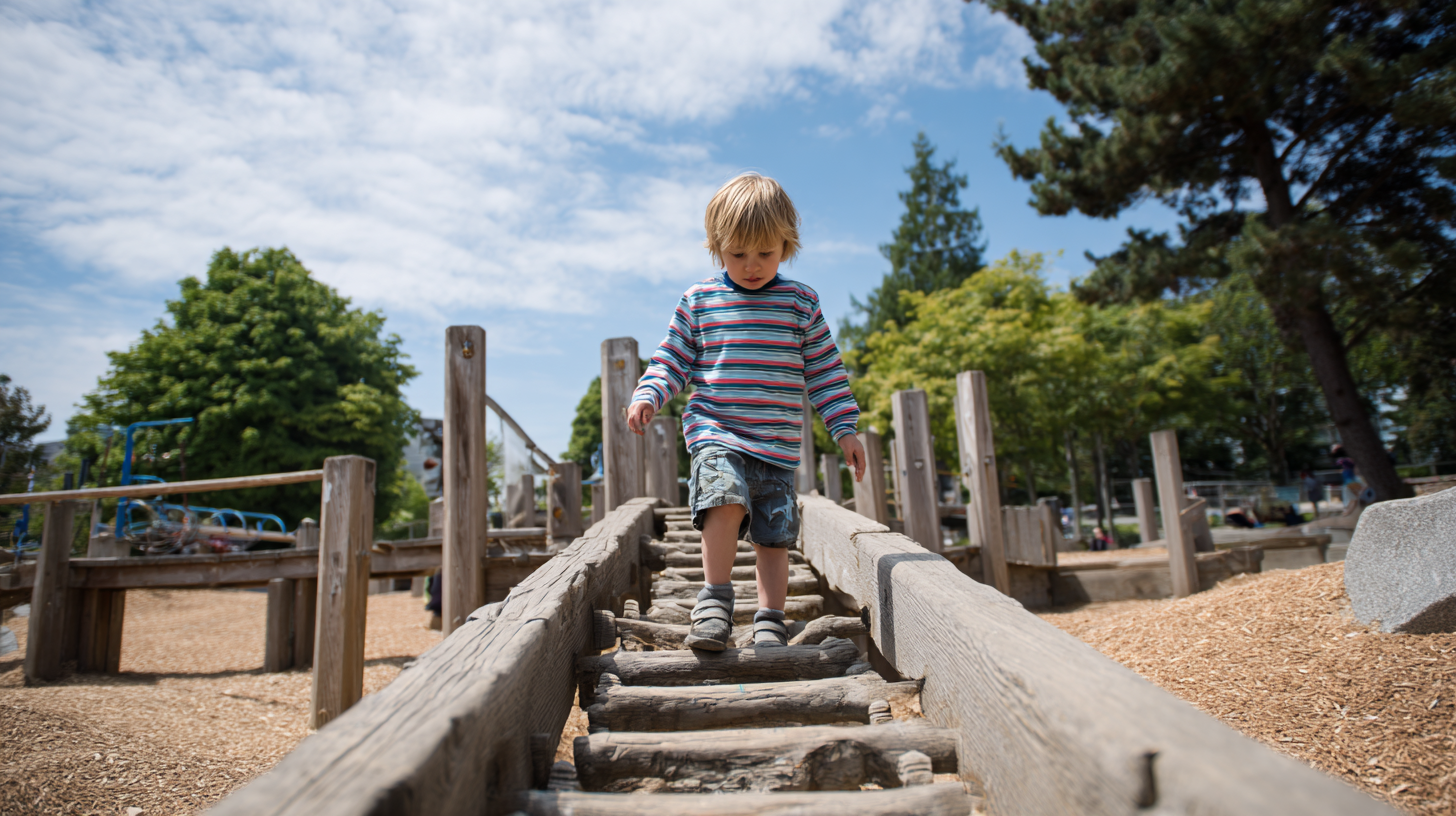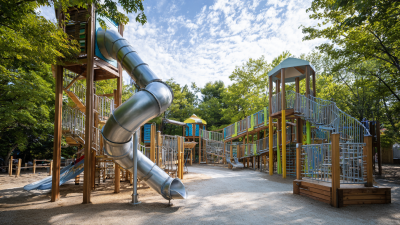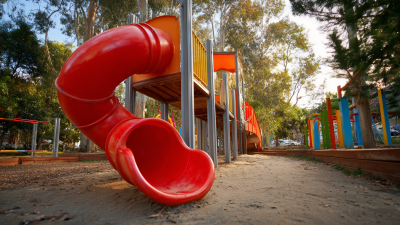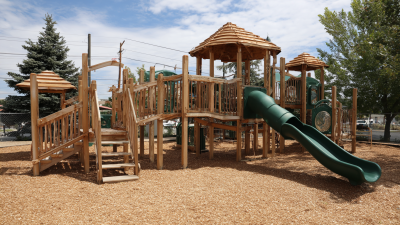 +86-13901441113
+86-13901441113




In recent years, the importance of safe and engaging outdoor play spaces has come into sharper focus, making the exploration of the best features of top playgrounds a topic of significant relevance. According to the National Association for the Education of Young Children, outdoor play is essential for children's physical development and wellbeing, leading to improvements in their overall health. The report highlights that children who engage in regular outdoor play demonstrate not only better social skills but also enhanced problem-solving abilities. As such, choosing the right playground equipment and design is crucial for fostering a healthy and stimulating environment.
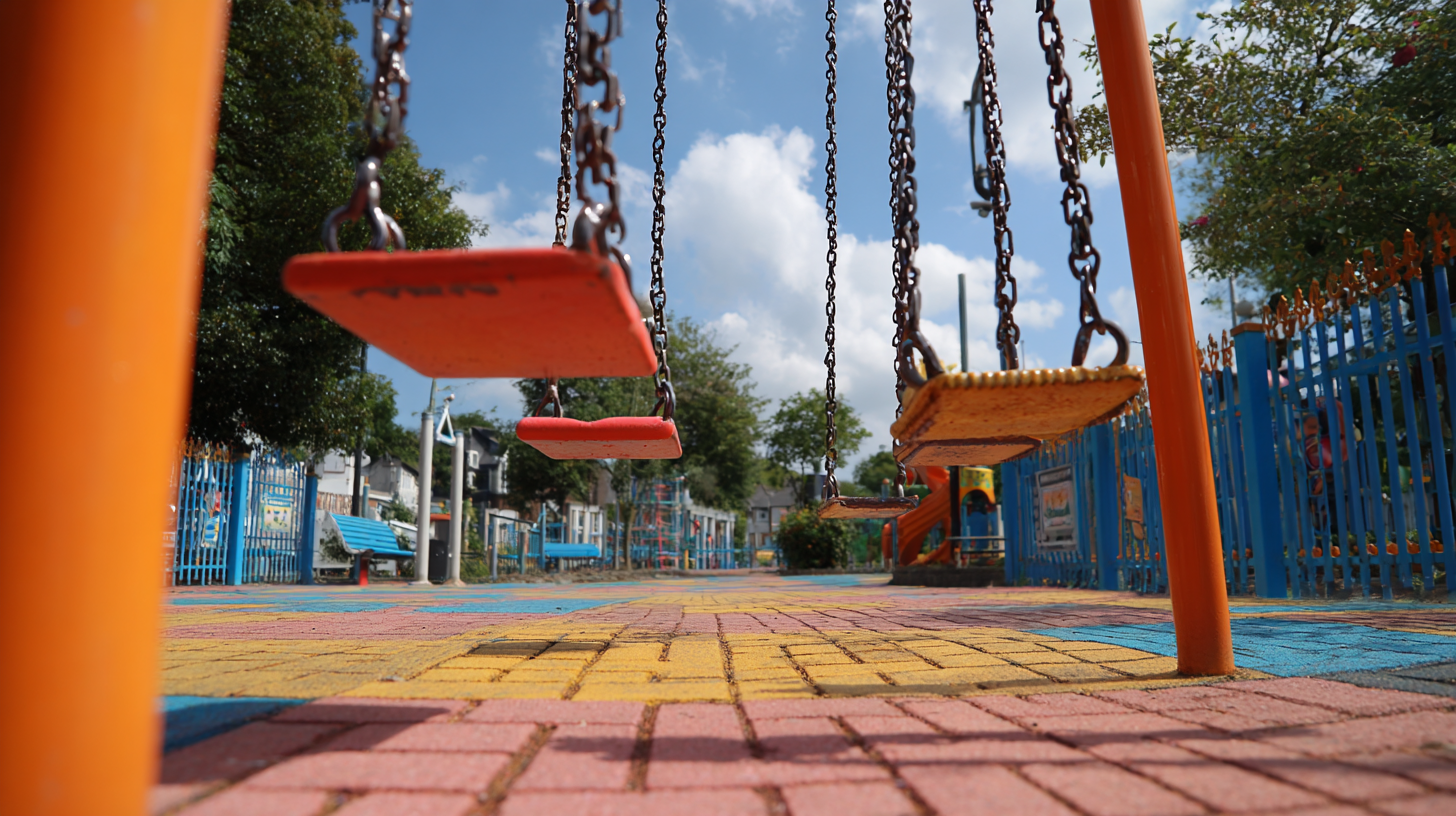
Experts in the field, such as Dr. Emily Parker, a prominent child development researcher, emphasize that a well-designed top playground not only encourages physical activity but also supports cognitive and social development. Her insights underline the need for playgrounds that incorporate diverse features such as climbing structures, interactive play panels, and safe surfacing materials. These elements contribute to a comprehensive play experience that nurtures physical skills, creativity, and peer interactions.
As we delve into the top 10 features that define the best playgrounds, it is essential to recognize the role of safety, inclusivity, and educational opportunities in creating spaces where children can thrive. This guide aims to provide a thorough overview of what makes a top playground truly exceptional, ensuring that outdoor play remains a fun and safe adventure for every child.
Safe playgrounds are critical to the overall well-being and development of children. According to the Centers for Disease Control and Prevention (CDC), unintentional injuries are the leading cause of death for children in the United States, and many of these incidents occur during outdoor play. The American Academy of Pediatrics (AAP) emphasizes that a safe play environment not only reduces the risk of injury but also encourages children to explore and develop their physical, social, and cognitive skills. Research shows that well-designed playgrounds incorporate safety surfaces, appropriate equipment, and clear sightlines to help prevent accidents, allowing children to play freely while minimizing risks.
The National Program for Playground Safety (NPPS) highlights that nearly 200,000 children visit emergency departments each year due to playground-related injuries, with falls being the most common cause. These statistics underscore the necessity of adhering to safety standards, such as the Consumer Product Safety Commission's guidelines, which provide essential criteria for equipment and surfacing materials. By investing in quality playground design and adhering to safety regulations, communities not only safeguard children's health but also promote an environment where young ones can engage in joyful, active play essential for their growth and development.
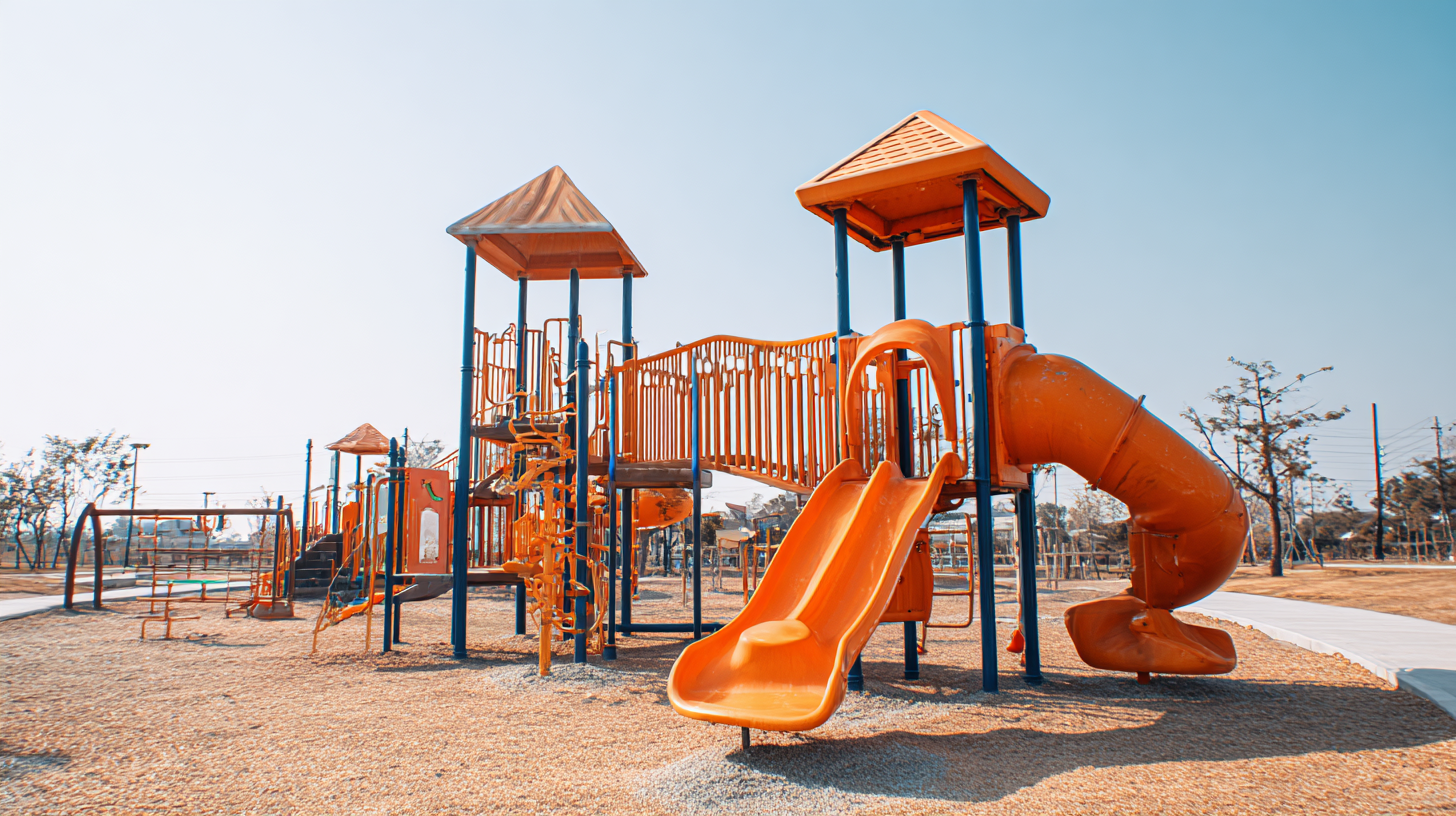 When selecting high-quality outdoor play spaces, safety should be the foremost consideration. According to the U.S. Consumer Product Safety Commission, more than 200,000 children are treated for playground-related injuries each year, making the design of play areas crucial. Key features to prioritize include shock-absorbing surfaces such as rubber mats or mulch, which can significantly reduce the impact from falls. Additionally, adequate spacing between equipment helps to prevent collisions and allows for safer movement.
When selecting high-quality outdoor play spaces, safety should be the foremost consideration. According to the U.S. Consumer Product Safety Commission, more than 200,000 children are treated for playground-related injuries each year, making the design of play areas crucial. Key features to prioritize include shock-absorbing surfaces such as rubber mats or mulch, which can significantly reduce the impact from falls. Additionally, adequate spacing between equipment helps to prevent collisions and allows for safer movement.
Another essential aspect is the variety and inclusivity of equipment. Playgrounds should feature a range of accessible equipment that caters to children of all abilities. The National Association for Sport and Physical Education emphasizes the importance of inclusive play environments, stating that such spaces promote social skills and physical development. Furthermore, elements like climbing structures, slides, and swings should be age-appropriate and challenging, enabling children to develop their motor skills while ensuring they remain safe during play. Investing in well-designed and maintained play areas not only fosters children's physical activity but also nurtures their social and emotional growth.
Unique playground equipment plays a crucial role in enhancing children's outdoor experiences by encouraging exploration and fostering physical development. According to a report by the American Society of Landscape Architects, innovative play structures that incorporate climbing features, slides with varying heights, and interactive installations can significantly improve children's engagement with their surroundings. This not only aids in developing motor skills but also sparks creativity and imagination as children navigate different challenges.
Incorporating elements like zip lines, rope courses, and sensory gardens can further enrich playtime. A study published by the National Playground Safety Institute indicates that playgrounds with diverse equipment led to a 40% increase in children's time spent in active play. Moreover, inclusive designs that cater to children of all abilities promote social interaction and teamwork, vital components of childhood development. As parents and community planners focus on creating outdoor play spaces, emphasizing unique and adventurous equipment can significantly enhance the play experience, ensuring that it remains both safe and exciting for all children.
When designing outdoor play spaces, adhering to safety standards and regulations is paramount to ensure the wellbeing of children. According to the U.S. Consumer Product Safety Commission (CPSC), approximately 200,000 children are treated for playground-related injuries each year, highlighting the critical necessity for safety in design. Key regulations, such as ASTM F1487, provide guidelines for the construction and maintenance of playground equipment, aiming to minimize hazards such as falls and entrapments. Incorporating materials that meet these standards is essential in creating a secure environment.
Furthermore, implementing safety surfacing beneath and around play equipment is vital. The National Program for Playground Safety (NPPS) reports that proper surfacing can reduce fall impact and significantly lower injury risks. Options like rubber tiles or engineered wood fiber are recommended to absorb shock effectively. Additionally, designing playgrounds with age-appropriate equipment not only promotes safety but enhances play experiences tailored to various developmental stages. By prioritizing these safety standards, playground designers can foster environments where children can explore and play freely, contributing to their physical and social development.
Creating inclusive playgrounds is essential to ensuring that every child, regardless of their abilities, has the opportunity to engage in safe and enjoyable outdoor play. Inclusive design focuses on accessibility, providing features that cater to children with different physical, sensory, and cognitive needs. For instance, incorporating ramps and smooth surfaces makes it easier for children who use mobility devices to navigate the play area, while sensory-rich elements like textured paths and interactive panels can stimulate and engage children with sensory processing challenges.
Moreover, inclusive playgrounds promote social interaction among children of diverse abilities. By featuring equipment that can be used collaboratively, such as wide swings that allow friends to play together or multi-sensory play panels designed for group engagement, these spaces foster friendships and understanding. Additionally, using varied heights and types of play structures can encourage cooperative play, allowing children to learn from each other and develop essential social skills. Overall, inclusive playground design not only provides physical access but also cultivates an environment where empathy and inclusion thrive.
